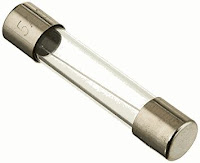CIRCUIT ELEMENTS

What are the network elements ? Why we need these ? Well, simple questions with explanatory answers ! Not exactly if you keep up the reading. As we know the ,An Electrical network is an interconnection of electrical components. So there will be a closed path for current flow through various circuit components to produce the desired function.The electrical components can be broadly classified to two as follows, 1. Active Components In general terms it could be defined as the components with an ability to amplify or process the electrical signal or components having some energy levels to impart. examples are diode,transistors, scr, opamps etc. 2. Passive Components from the concept about the active components its easy to understand whats are passive ones. ie, The components doesn't having any capability to amplify or process electrical signal its own, but these could support these processes while active components ...


